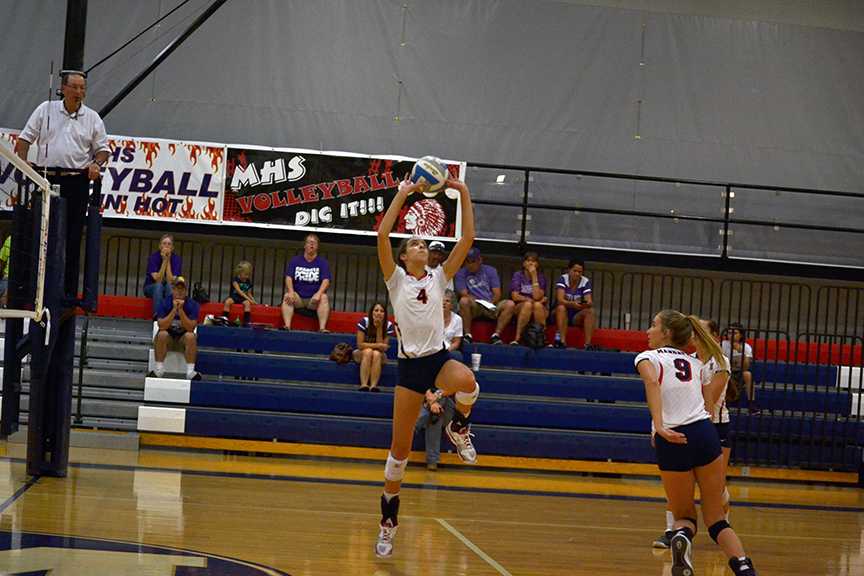Eating disorders bigger than they seem
When she was in the fifth grade, she first got her eating disorder because she was teased by classmates about her size and told by adults that she “was really fat for a fifth grader.”
She didn’t get help until two years later when her concerned mother took her to a therapist after noticing the change in her weight. Her friends were supportive, when they knew how to be, though some left because they said her eating disorder was weird.
This is the burden an unnamed junior has carried with her since she was just a kid, living with the stigma eating disorders bring and learning who she can trust because of it. Even in high school, she still lives with the daily knowledge of what she goes through despite the fact that not many others do.
“In seventh grade, I got diagnosed by a doctor because my mom would still worry about my weight fluctuating so badly,” she said. “I would start to go home and I would not eat, but then as a growing kid you’re hungry, so you’re going to consistently eat. So, then I’d eat a bunch but then I’d puke it all back up.”
For her, most people saw her eating disorder as a lifestyle choice, when in reality it was quite the opposite. This perception is essentially fuel to the fire that causes more and more people to have them.
According to the American Academy of Child and Adolescent Psychology, anorexia nervosa and bulimia have been progressively on the rise within American teens, especially in girls due to things such as negative body image and stress. It also says that while most teens choose to hide their eating disorder, treatment is possible for them.
“Research shows that early identification and treatment leads to more favorable outcome,” their website said. “With comprehensive treatment, most children and teenagers can recover from disordered eating.”
For the unnamed junior, this treatment is helping but she still finds it difficult to feel as if her condition is improving when high school life is her biggest trigger. The stigma of how certain body types can’t wear certain styles in the fashion industry and knowing the reactions people will have to her eating disorder is a struggle for her because it reminds her of how she got her eating disorder in the first place.
“My biggest fear with it is that people definitely brand me as some weird attention seeker,” she said. “A lot of times with these illnesses people think ‘oh you’re just doing it for attention’ or… people are like ‘oh she’s weird, she has problems with her life.’”
Even though school is a trigger for her, it actually can help those who struggle with eating disorders. At Manhattan High, students who need help or just need to talk to someone have the ability to contact social counselor Erin Spreer at the West campus. Part of her job is helping students get proper medical help while keeping information confidential, which can play a big part in the treatment process according to clinical psychologist and eating disorder specialist Laura Muhlheim.
“Charged with the care of children who may be suffering from these disorders for the majority of their waking day, schools need to be aware of the needs of children in treatment,” she wrote on her website. “In many cases schools may be an important partner in treatment. Through the power of the social milieu, they can also play a significant role in prevention.”
As the growing issue of eating disorders continues to plague American youth, the unnamed junior wants students everywhere to know that they aren’t alone. She has gotten better because she relied on those who were willing to help and can now see herself making a full recovery by the end of high school. She wishes that people can learn from her story and that teachers, parents and students can end the taboo that has surrounded eating disorders for the longest time.
“Guys, please don’t be ashamed of your bodies to the point where you have an eating disorder. It sucks to have one,” she said. “… please love yourself.”
